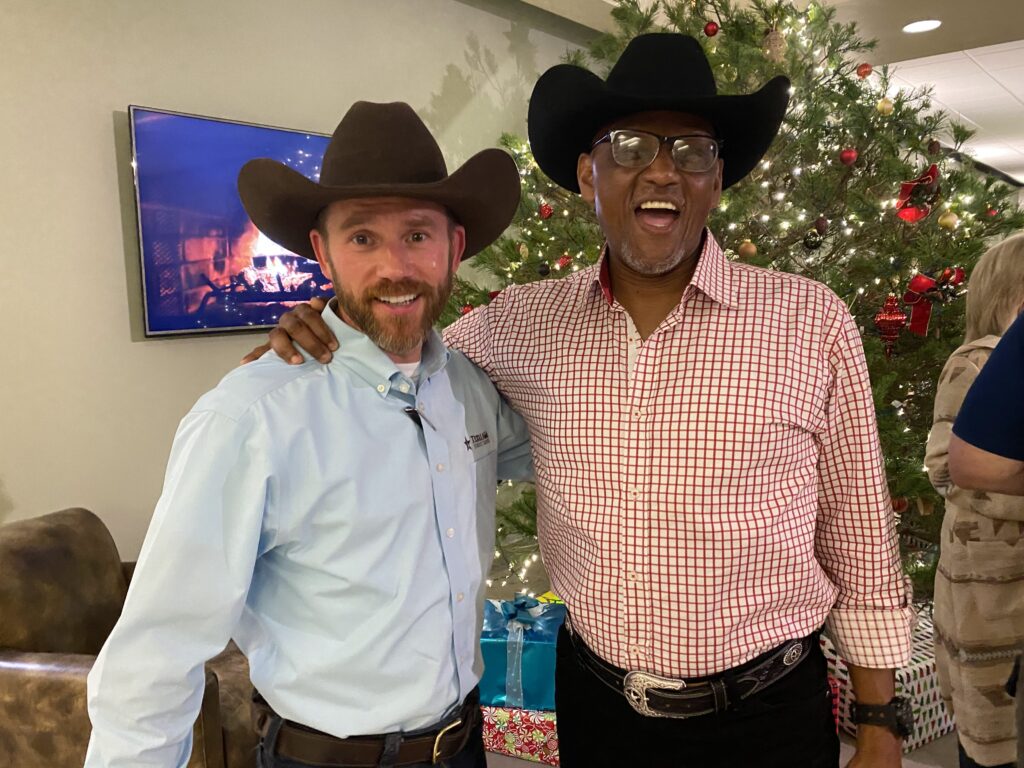Updates & Blog
Meet Al Davis, Texas A&M Forest Service Director
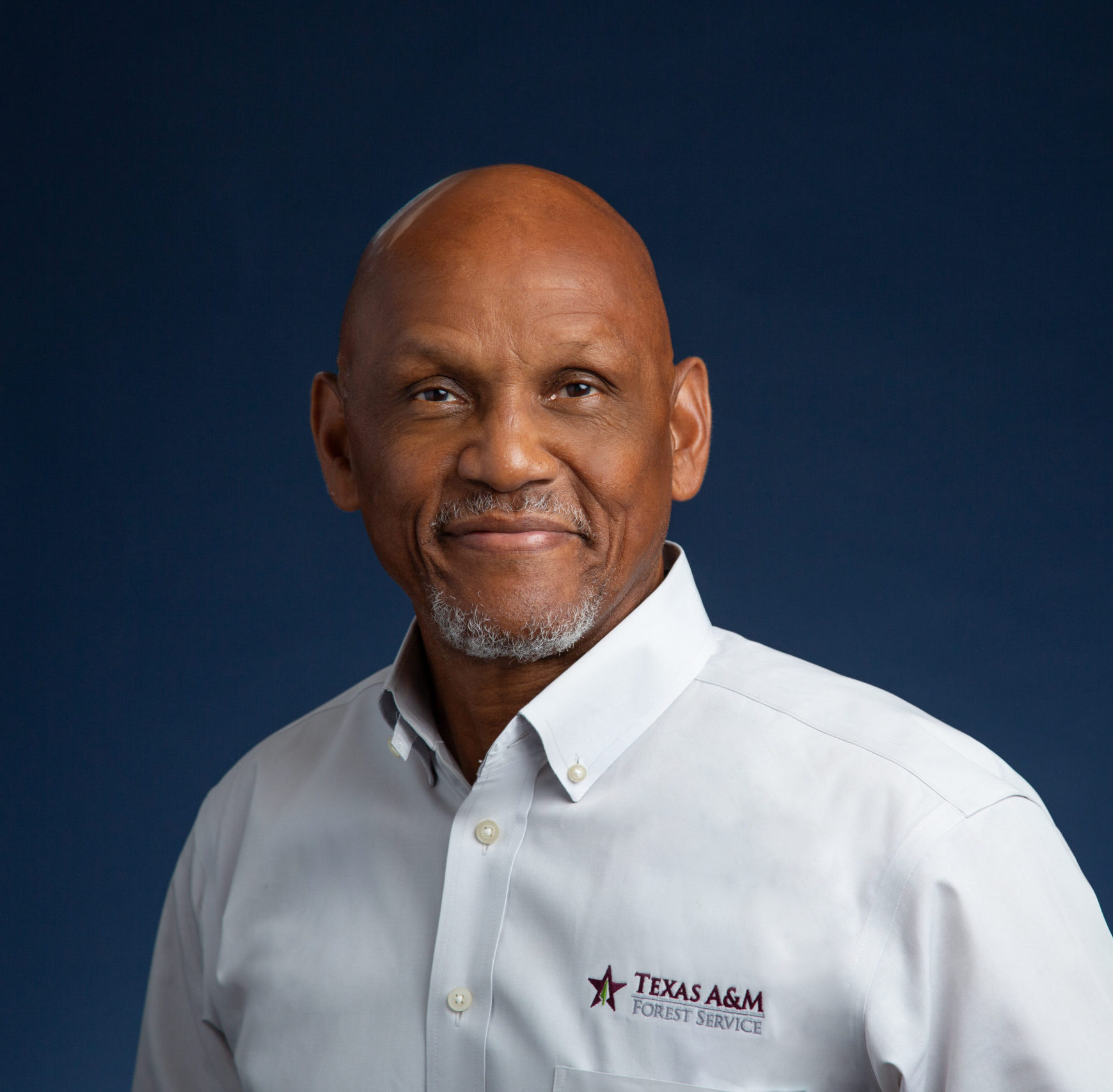
This month, we meet Al Davis, who serves as director for the Texas A&M Forest Service.
Before coming to the Texas A&M Forest Service, Davis was deputy agency director of the Texas A&M Engineering Extension Service, serving as director of the National Emergency Response and Recovery Training Center. He is a past chairman of the National Domestic Preparedness Consortium, co-founder and principal emeritus of the National Cyber Security Preparedness Consortium, and a former advisory board member of the National Center for Spectator Sports Safety and Security. Prior to his time with The Texas A&M University System, he worked as a consultant with United Water and served as a chief executive of the Public School District in New Orleans. He also served in the U.S. Marine Corps and retired at the rank of colonel. Davis earned a bachelor’s degree in marketing from Southern University and A&M College, Baton Rouge, Louisiana; a master’s degree in national resource strategy from the National Defense University, Washington, D.C.; and a master’s degree of business administration from Averett University, Danville, Virginia.
What is your agency’s mission?
In short, the three-fold mission focus of our agency is conservation, protection and leadership. We work to conserve all natural resources and endangered species, we protect against wildfires and we lead by educating and training landowners and cooperators; we build capacity for local and volunteer fire departments with training, equipment and firefighting apparatus grants.
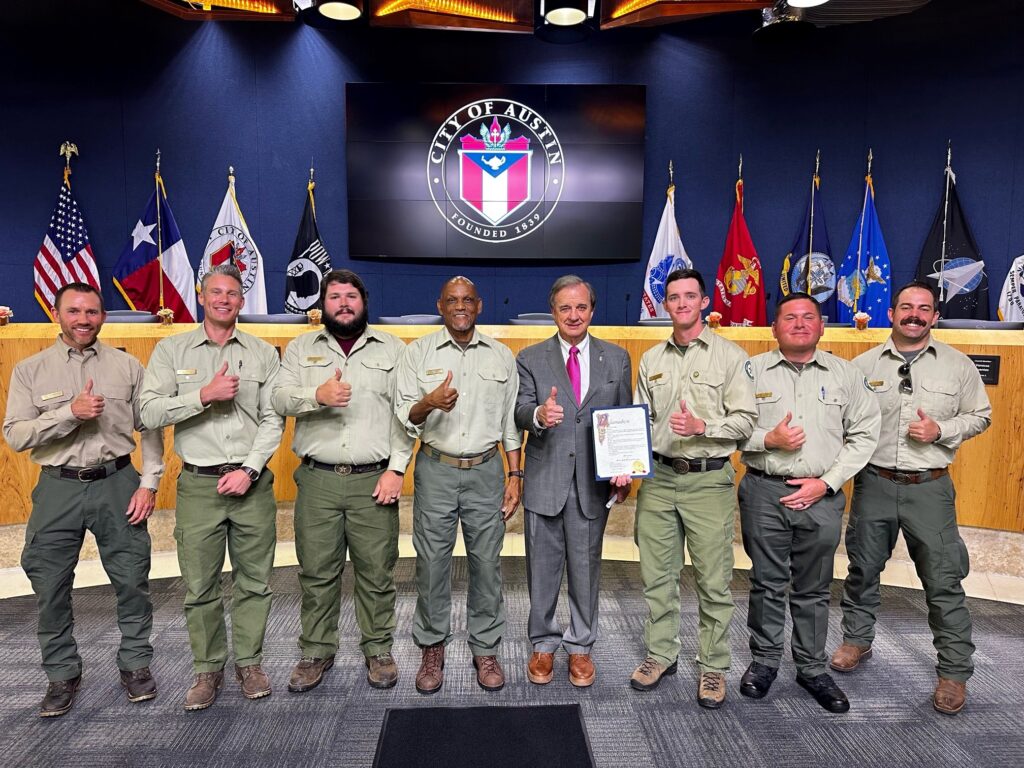
In your opinion, what is the biggest issue impacting forest landowners in your state and across the southern region?
In Texas, about 95% of forestlands are privately owned. In my view, based on regular visits to the field, coupled with input from my teammates, the challenges are varied and underscored by environmental/regulatory requirements, funding availability and the capacity to address tree diseases and, for some, access to timber markets.
What is your favorite thing about the forests in your state?
We have 58 offices around the state of Texas; so, I get a lot of “windshield time.” My favorite thing about the forests in Texas is the diversity in tree species, the presence of streams and other waters and the various types of wildlife (and our joint efforts to ensure preservation of all these features).
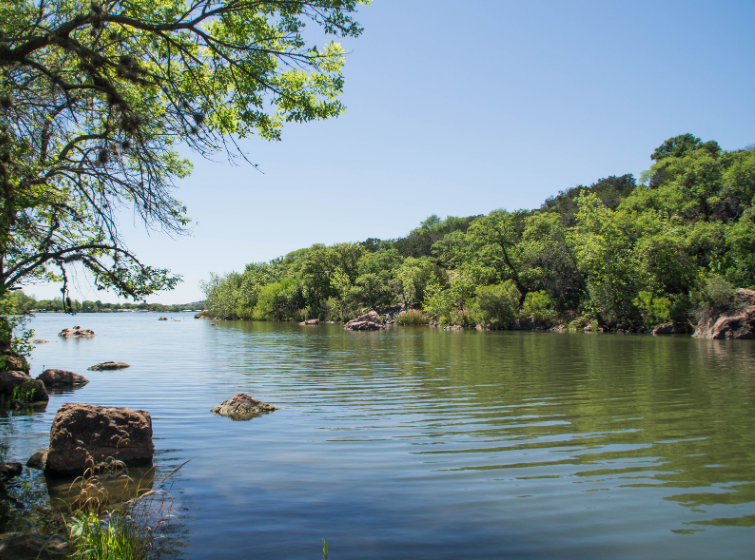
How is forestry important to the economy of your state?
The impact of forests on the economy in Texas (particularly East Texas) is HUGE! For example, in 2022, forest markets contributed over $41 billion to the overall Texas economy.
What is your favorite thing to do while in the forest?
My favorite thing to do in the forest is to hike and to walk the grounds, observing the diversity and beauty created by ALL of its inhabitants!
What are the top five goals for your agency over the next 5-10 years?
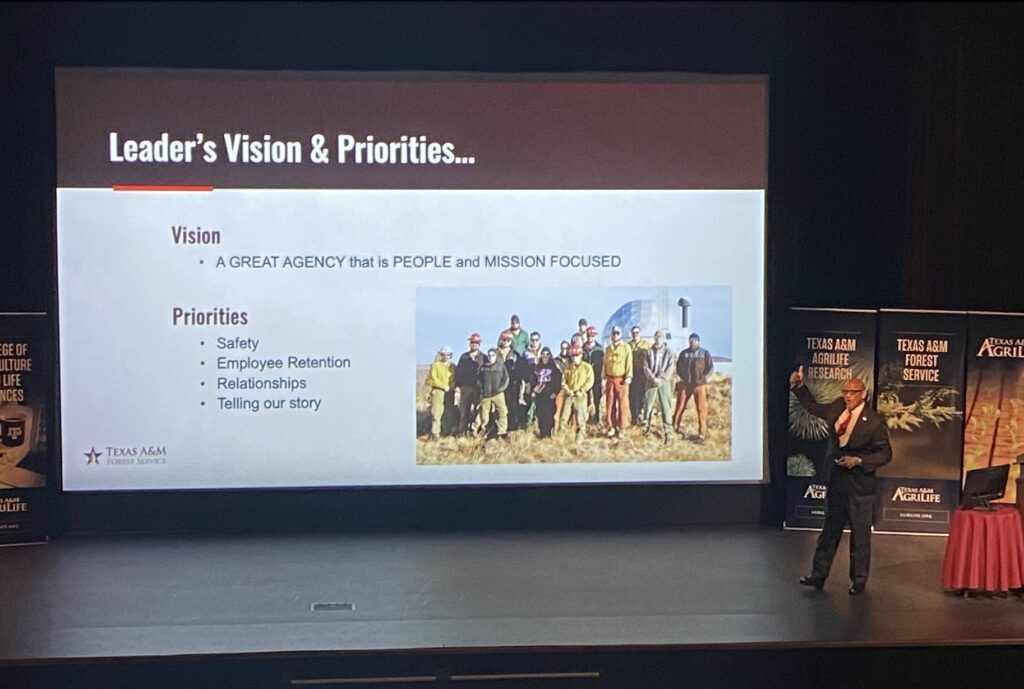
Our agency’s top 5 mission-related goals are:
- Retention and recruiting
- Executing, monitoring and measuring our State Forest Action Plan
- Fully executing BIL & IRA obligations
- Making measurable and impactful progress in our water conservation and carbon sequestration efforts
- Fully operationalizing our recent organizational structure modifications
How is your agency working with communities and municipalities to encourage forestland retention?
There are a number of ways we work with communities and municipalities to ensure forestland retention, to include engaging local governments, landowner associations, universities and NGOs. Some examples include the ongoing SFLR initiative and the Keeping Forests organization.
How is prescribed fire important to the landscape of your state?
Prescribed fire is important to Texas because it helps mitigate and prevent wildfire, combats invasive species and enhances reforestation.
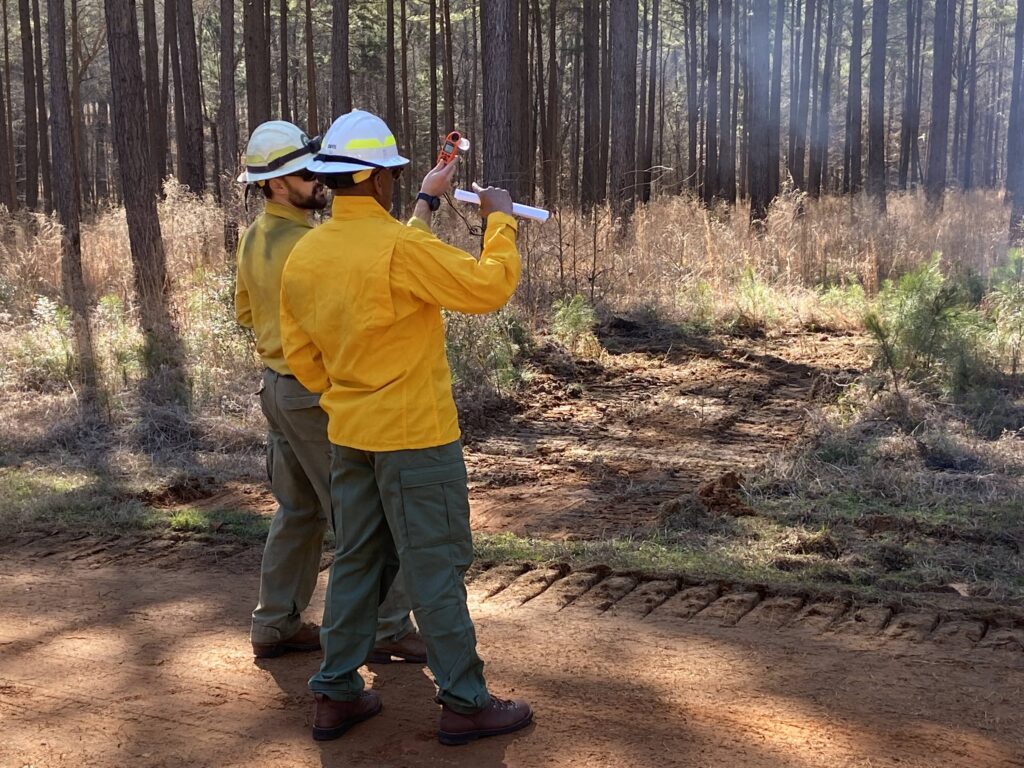
What is your favorite tree species?
My favorite tree species is the oak. To me, oaks represent strength and resilience.
How does your agency work with local and municipal partners to conserve your state’s forests?
Relations are among my four agency priorities. Prior to my appointment, our agency already had a broad network of relationships with cooperators, landowners, homeowners associations, rancher associations and the Texas Forestry Association. My teammates, of various positions and job responsibilities, routinely and regularly engage and meet with these partners to discuss, formulate and implement approaches and solutions to existing and emerging issues.
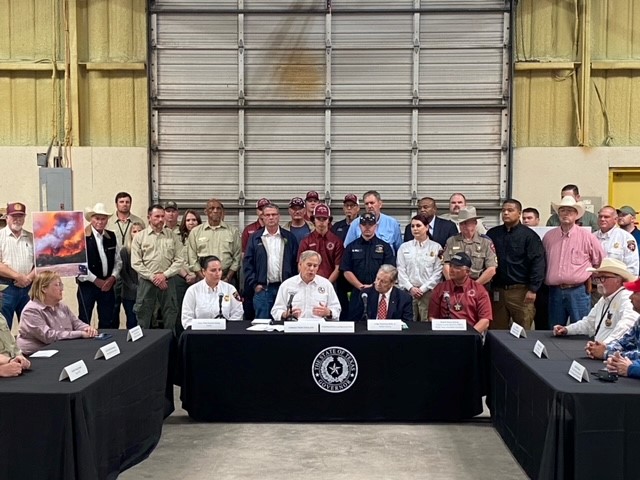
How do partnerships play a role in wildfire response in your state?
In Texas, relationships play a huge role in wildfire response. While we are the state’s lead agency for wildfire response, our local and volunteer fire departments are key to our tiered response system. They respond first, then engage us when the wildfires get big.
What do you want people to know about your agency?
Like all of our Southern Group of State Foresters partners, our effectiveness and importance are often measured by our response to wildfires; however it’s important to acknowledge that EVERYONE and EVERY JOB is important in our commitment to being a GREAT agency with a focus on people and mission accomplishment! 🎤
